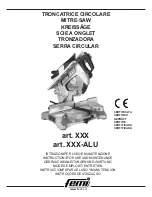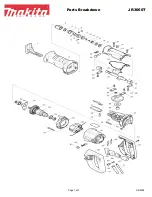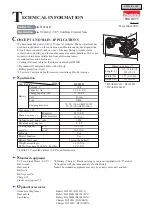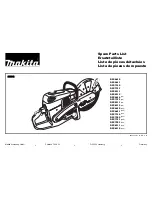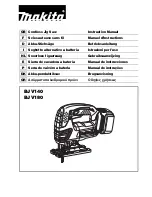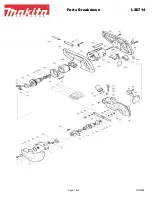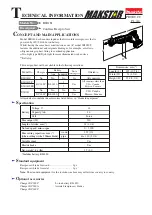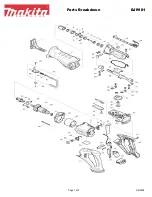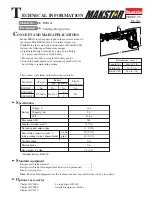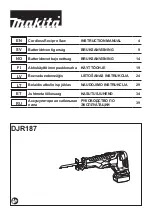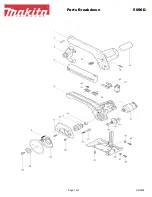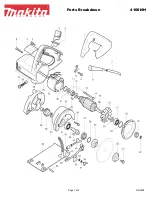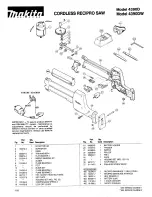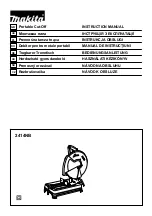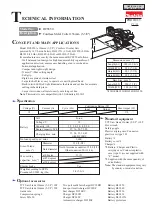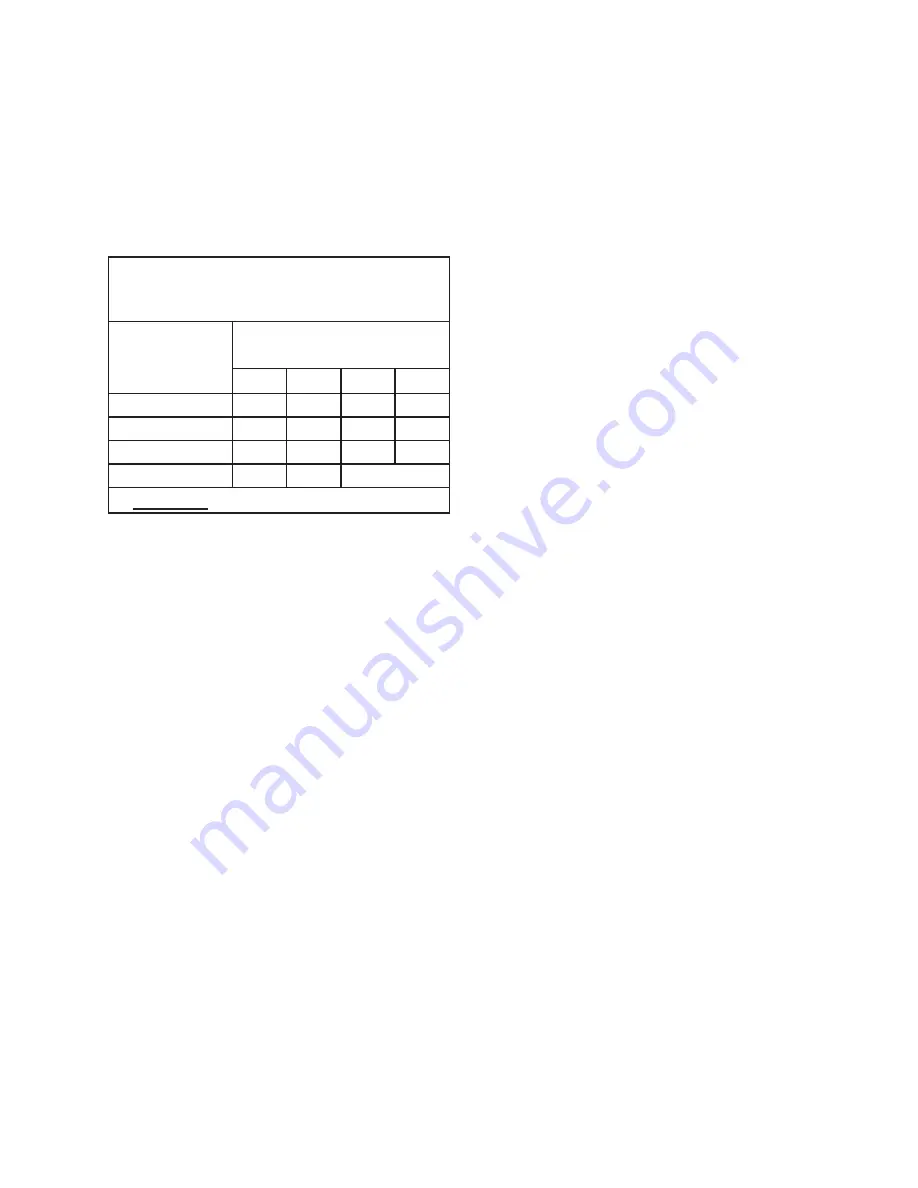
SKU 1624
for technical questions, please call 1-800-444-3353.
Page 3
DON’T FORCE TOOL. It will do the
7.
job better and safer at the rate for
which it was designed.
USE RIGHT TOOL. Don’t force tool
8.
or attachment to do a job for which it
was not designed.
reCommended mInImum wIre
gauge for eXtensIon Cords
(120 Volt)
nameplate
amperes
(at full load)
eXtensIon Cord
lengtH
25’
50’ 100’ 150’
0 – 6
18
16
16
14
6.1 – 10
18
16
14
12
10.1 – 12
16
16
14
12
12.1 – 16
14
12
do not use.
taBle a
USE PROPER EXTENSION CORD.
9.
Make sure your extension cord is
in good condition. When using an
extension cord, be sure to use one
heavy enough to carry the current
your product will draw. An undersized
cord will cause a drop in line voltage
resulting in loss of power and over-
heating.
Table A shows the correct
size to use depending on cord length
and nameplate ampere rating. If in
doubt, use the next heavier gauge.
The smaller the gauge number, the
heavier the cord.
WEAR PROPER APPAREL. Do not
10.
wear loose clothing, gloves, neck-
ties, rings, bracelets, or other jewelry
which may get caught in moving
parts. Nonslip footwear is recom-
mended. Wear protective hair cover-
ing to contain long hair.
ALWAYS USE SAFETY GLASSES.
11.
Also use face or dust mask if cutting
operation is dusty. Everyday eye-
glasses only have impact resistant
lenses, they are NOT safety glasses.
SECURE WORK. Use clamps or a
12.
vise to hold work when practical. It’s
safer than using your hand and it
frees both hands to operate tool.
DON’T OVERREACH. Keep proper
13.
footing and balance at all times.
MAINTAIN TOOLS WITH CARE.
14.
Keep tools sharp and clean for best
and safest performance. Follow
instructions for lubricating and chang-
ing accessories.
DISCONNECT TOOLS before ser-
15.
vicing; when changing accessories,
such as blades, bits, cutters, and the
like.
REDUCE THE RISK OF UNINTEN-
16.
TIONAL STARTING. Make sure
switch is in off position before plug-
ging in.
USE RECOMMENDED ACCESSO-
17.
RIES. Consult the owner’s manual for
recommended accessories. The use
of improper accessories may cause
risk of injury to persons.
NEVER STAND ON TOOL. Serious
18.
injury could occur if the tool is tipped
or if the cutting tool is unintentionally
contacted.
CHECK DAMAGED PARTS. Before
19.
further use of the tool, a guard or
other part that is damaged should
be carefully checked to determine
that it will operate properly and per-
form its intended function – check for
alignment of moving parts, binding
of moving parts, breakage of parts,
mounting, and any other conditions
that may affect its operation. A guard













